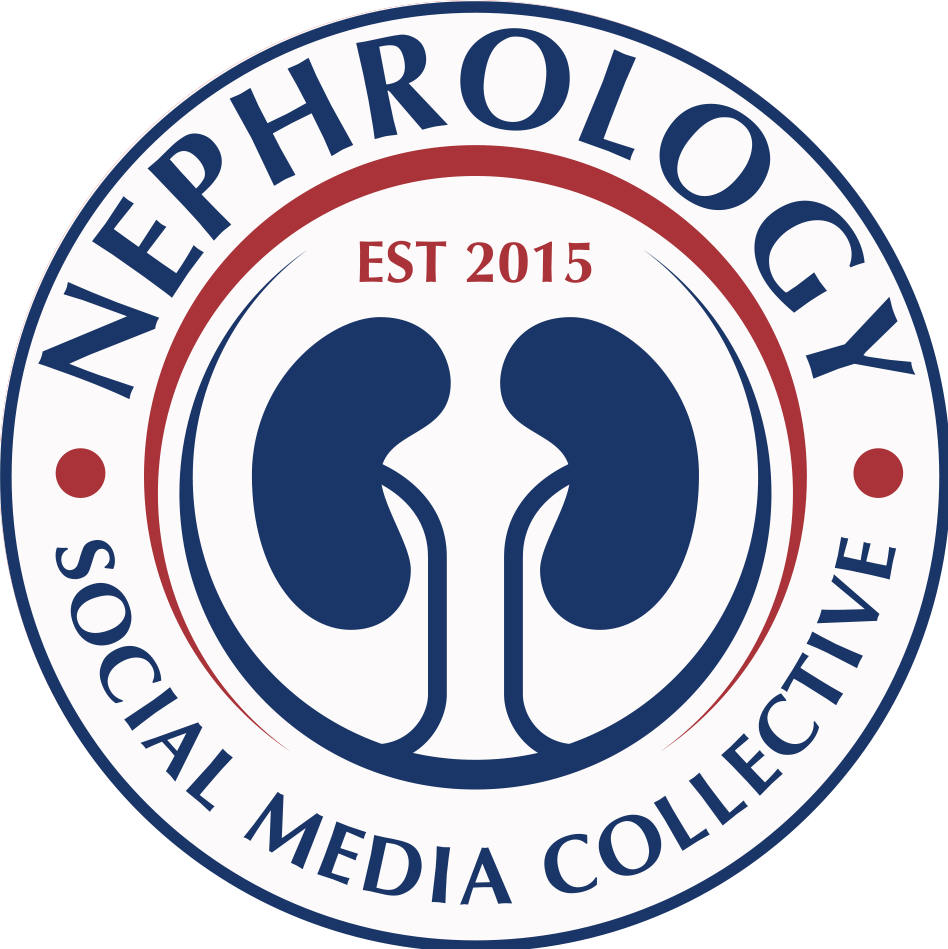How Cost-Effective is Transplanting Hepatitis C Positive Kidneys into Negative and Positive Recipients?
The scarcity of kidneys for transplantation has led to continued challenges and subsequent changes in the kidney allocation policies. Kidneys which otherwise would not have been considered in the past are now being used. The impressive success of treating the hepatitis C (Hep C) virus with direct antiviral agents (DAAs) has changed the landscape of how Hep C is managed in both the non-transplant population as well as in the immediate post kidney transplantation setting (1,2,3). Recently, studies have shown encouraging outcomes in recipients who are either Hep C positive or negative and receive Hep C positive kidney (4,5). Most importantly, the use of DAAs to treat Hep C post kidney transplantation has demonstrated good efficacy and safety (6).
The use of Hep C positive kidneys could make an impact on patients awaiting a kidney transplant by allowing for more kidney transplants to occur. Looking at the numbers, between 2004-2014, 2,698 kidneys were discarded from Hep C positive donors (8). 39% Hep C positive kidneys discarded alone between 2018- 2019 (9). Utilizing Hep C positive organs facilitates not only more transplants but also sooner on the waitlist. One study showed that patients who received Hep C positive kidneys waited approximately 484 days (1.3 years) less than those who received Hep C negative kidneys (7).
Post-transplant outcomes were best when DAAs were administered a day prior or immediate post kidney transplantation (4,5). The cost of DAAs is an important limiting factor in the utilization of Hep C positive kidneys in transplantation. This is because of the limited insurance coverage for DDAs. For example, twelve weeks of Ledipasvir/ sofosbuvir (Harvoni ©) regimen can cost $75,000 in the United States.
Summarizing several studies examining the cost-effectiveness of transplanting Hep C positive kidneys into Hep C positive and negative recipients:
Hep C positive donor kidney to Hep C positive recipient transplantation
Eckman used Markov state decision model (10) in the US population
Patient on dialysis gained an average of 0.50 quality-adjusted life years (QALYs)
Lifetime cost savings of $41,591.
Shelton et al used Monte Carlo microsimulation model in the US population
- Stratified groups by liver fibrosis stage and waiting time (11)
- Compared two DAAs regimens in ESKD patients
Increased cost mainly due to increased dialysis duration ($735,700 pre-transplant versus $682,400 post-transplant).
The incremental cost-effectiveness ratio (ICER) was $162,800/QALY gained.
Post-transplant treatment was a more cost-effective approach.
Hep C positive donor kidney to Hep C negative recipient transplantation
Trotter et al in the United Kingdom study (12)
Outcomes not affected by Hep C donor status.
Cost neutral with dialysis 5 years from transplantation.
Gupta et al used a decision tree model to investigate over 5 yr time (13) in the US population
Expected gain 4.8 years of life (YOL) with a cost of approximately $138,000 compared to an alternative approach which resulted in 4.7 YOL with a cost of $329,999.
Are cost-effective with equal or slightly reduced mortality
Reduced costs by limiting dialysis time.
Kadatz et al used the Markov model (14) in the Canadian population
ICER of $56,018/QALY from the payer perspective; ICER of $4,647/QALY from the societal perspective, for an additional year on dialysis
Improved clinical outcomes at reduced costs.
Eckman et al. used the Markov state transition decision model in the US population (15)
More effective and less costly
Cost-effective unless waitlist time exceeds 3.1 years
Improved survival by 0.91 QALY at a lifetime cost savings of $37,918.
In conclusion, transplanting Hep C positive kidneys into Hep C positive or negative recipients is very cost-effective with excellent outcomes. These transplants also substantially improve mortality (15). Utilization of Hep C positive kidneys should be encouraged nationwide. This can be accomplished with patient and transplant team education.
Anju Yadav MD, FASN
Thomas Jefferson University Hospital, Philadelphia
